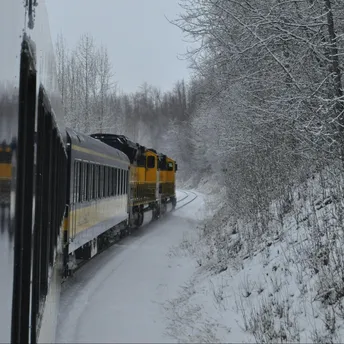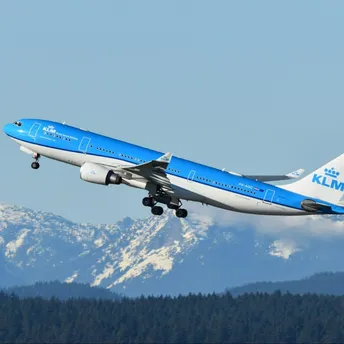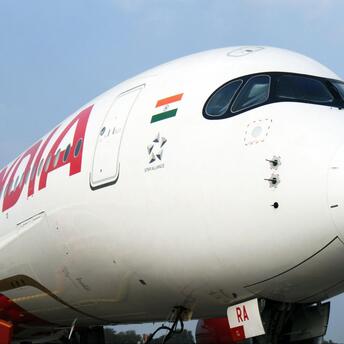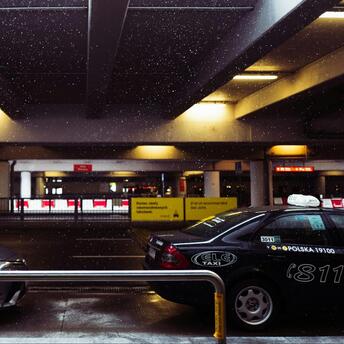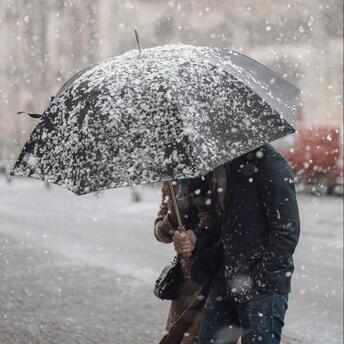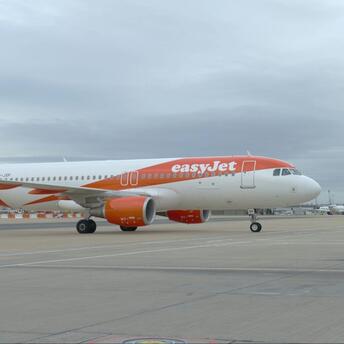Travel Advisory: Snow and Ice Expected to Impact Travel in the UK

Wintry weather is forecast across several regions in the UK starting Monday night and continuing into Tuesday morning. Rain, sleet, and snow are expected, with significant snowfall likely in high-altitude areas above three hundred meters, where five to ten centimeters could accumulate. Some exposed locations over four hundred meters might see even deeper snow cover, reaching fifteen to twenty centimeters. Although snowfall at lower levels is uncertain, any accumulation would pose a high risk of travel disruption and potential hazards for travelers.
As the system clears on Tuesday morning, icy patches could form on untreated roads and pathways, increasing the chance of dangerous travel conditions. This icy build-up could lead to delays, especially in areas without immediate road treatment, making caution essential for anyone on the road.
To minimize risks, travelers are encouraged to prepare thoroughly by checking weather forecasts and assessing road conditions before departure. This includes planning routes that consider potential detours, closures, or changes. Those traveling by car should ensure their vehicle is winter-ready with necessary items like warm clothing, water, non-perishable food, a blanket, a flashlight, an ice scraper, and an in-car phone charger. Adjusting travel times or routes to avoid the hardest-hit areas may also help reduce the risk of delays.
For those traveling through remote or high-altitude regions, where winter weather can disrupt power and limit access to services, being well-prepared is essential. Basic emergency supplies, such as a fully charged power bank, extra batteries, and high-visibility gear, are invaluable in unexpected situations. Staying updated with changing weather warnings allows travelers to adapt quickly to any shifts in conditions or road advisories.
This early winter storm serves as a reminder to all travelers of the importance of readiness when navigating potentially hazardous conditions. Snow and ice not only disrupt day-to-day activities but can also significantly impact travel, especially in rural or mountainous areas, where road treatment may be slower.






